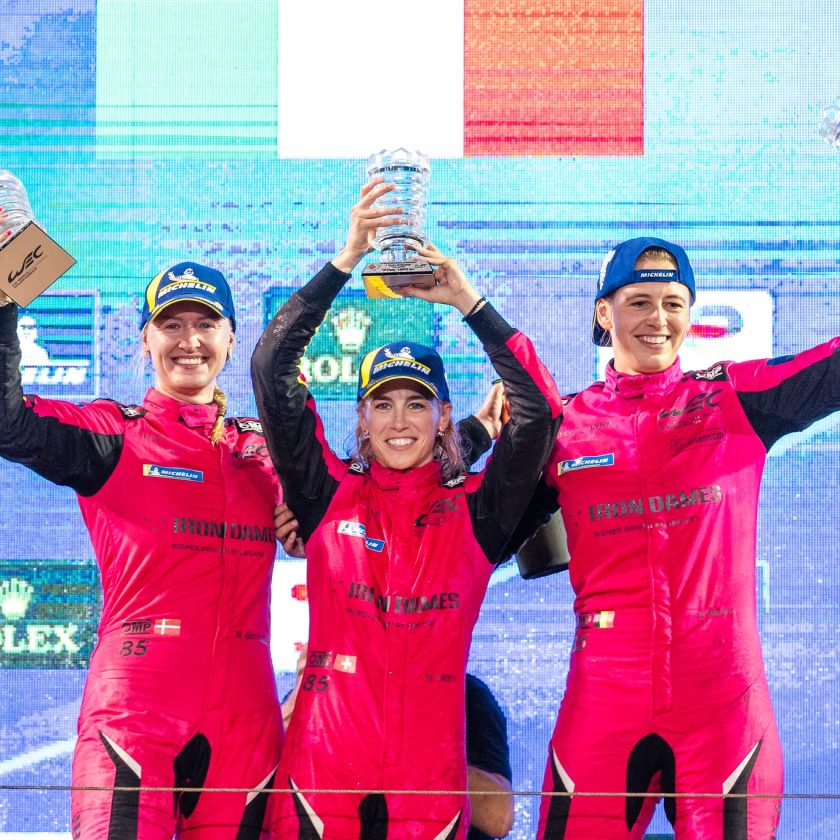The FIA World Endurance Championship will start utilizing success ballast from 2019 onwards.
That is one of the changes that was approved by the World Motorsport Council, at their meeting in Saint Petersburg.
The success ballast will start from the 2019/20 season, but only in the GTE Am category. A similar rule has been announced in the European Le Mans Series. There won’t be any kind of success ballast at Le Mans, but only the regular BOP, that will be kept.
The point scales will be adjusted, so they take the different race lengths of 4, 6, 8 and 24 hours into account, which will start from the 2019/20 season.
Furthermore the rules for the new hyper cars, which will replace the LMP1 category from the 2020/21 season, was approved by the group. That results the car having to follow some strict rules regarding costs and development. The cars will be limited to a maximum of 520kW (697 bhp) on their combustion engine, and a front wheel drive hybrid system of maximum 200kW (268 bhp).

Photo: JJ Media
Moveable aerodynamic will be allowed on the new cars, at both front and the rear. That is what we know from series like Formula 1 and DTM, where you can level out the rear wing on the straights, to reduce the drag. It’s not for overtaking purposes in the FIA WEC, but to make the car less draggy on the straights, and thereby improve the fuel economy etc.
Swedish Koenigsegg has confirmed interest for the new category, and Glickenhaus has already confirmed two cars for the FIA WEC.
The new hyper car rule set will be locked for five years, so the teams knows what to expect.
There are further moves made towards cost reduction, to limit the mechanics per team, tires, testing, spare parts and other things.
The pitstop rules will also change from the 2019/20 season, so it’s not allowed to refuel and change tires at the same time. This was only just changed for this season, but hasn’t had the desired effect.
The schedule for the 2019/20 seasons has been confirmed without any changes, so we refer back to our previous article.



